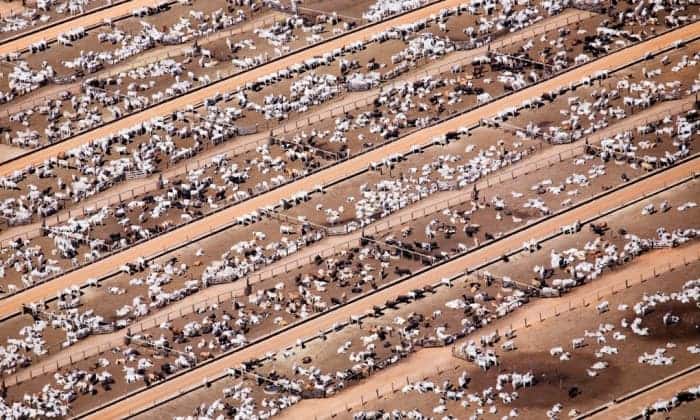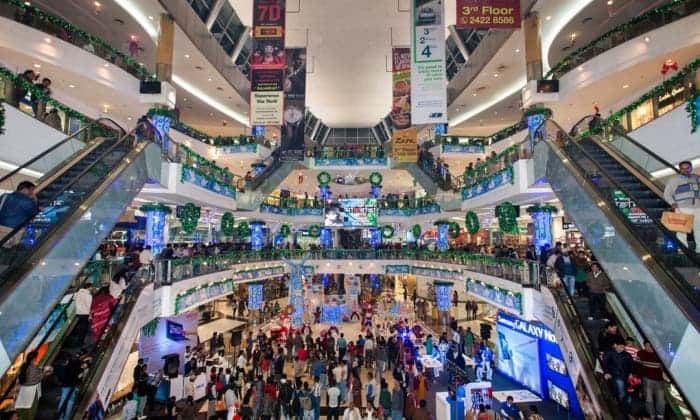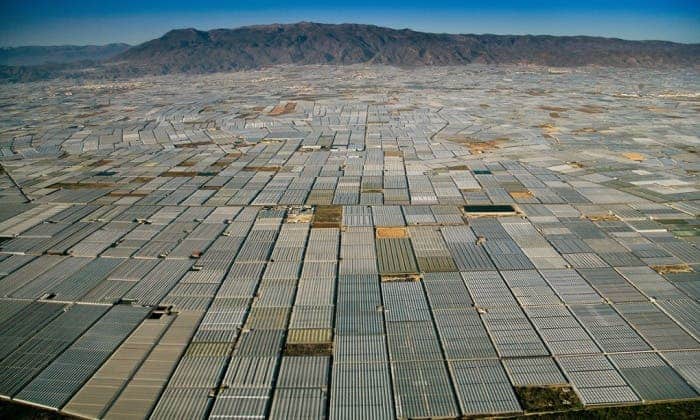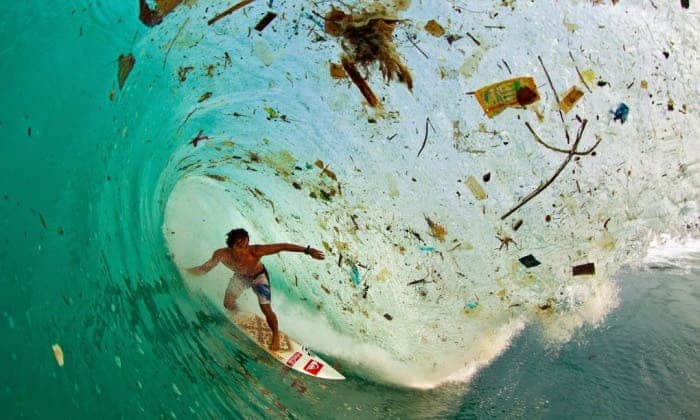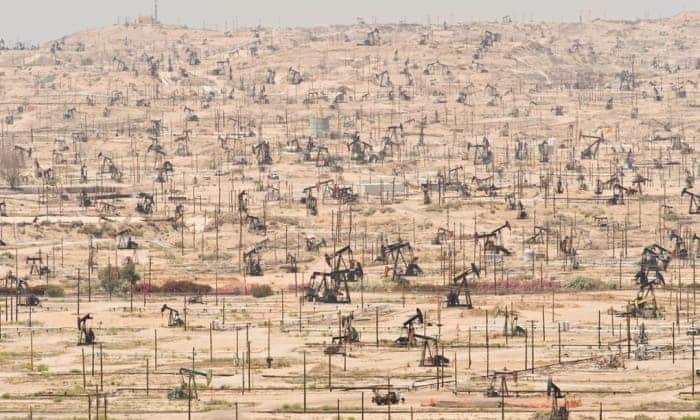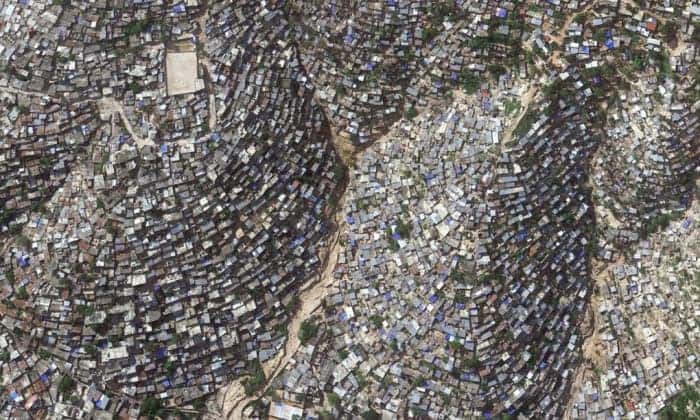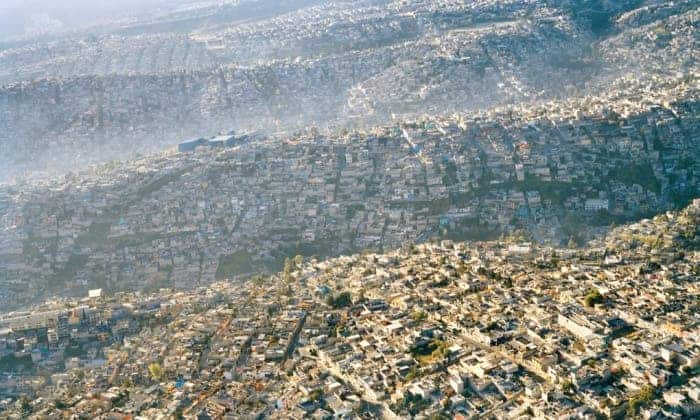
Some might argue that 7 billion people, while a lot in itself, isn’t necessarily a cause of concern, not even when this is expected to sour to 10 billion by 2100. After all, 7 billion people can be squeezed in an area the size of Texas, but I think that’s besides the point. Yes, the world can make room for a couple billion more and by the time this happens less poverty is to be expected too, as developing countries raise their standard of living. Supporting a population of this size is one thing, but doing it in a sustainable way is another though. Given our limited inheritance of soil, water, and arable land, this should be not even remotely possible. Consider that today we’re using 1.5 Earths – that is we’re depleting resources at a rate far greater than the Earth has time to regenerate.
This simply means that our quest for greater and greater material prosperity is now impoverishing future generations. Clearly, waste needs to stop, fossil fuels replaced with renewables and education tuned to raise awareness on the perils of overpopulation. Indeed, while there are some who recognize that we’re currently living unsustainably, there are yet many who cling to the anachronistic notion that there’s infinite treasures to be reaped from the earth. In this respect, Overdevelopment, Overpopulation, Overshoot (OVER) – a photo book – captures the essence of the ecological and social tragedies of humanity’s ballooning numbers and consumption. It’s part of the 2015 Global Population Speak Out campaign, which offers people and organizations worldwide the opportunity to influence the future of life on this planet by to their aspirations for a more sustainable future. Some of the photos below have been featured in the book, which you can request for free here as long as you promise to distribute it. Read it online here.
